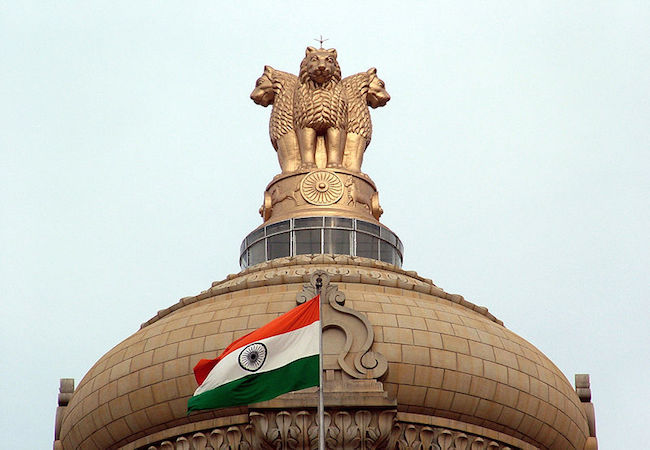
By Beenish Altaf
The Indian nuclear program is taking full advantage of the 2008 NSG decision under the US initiative to exempt New Delhi from the restrictions on the supply of nuclear fuel and equipment to non-NPT countries. The Indo-US civil nuclear agreement is an active exemplar in this regard that undermines the global non-proliferation regime. In this regard, India has claimed that it has a clean non-proliferation record and that it should be included in nuclear mainstream countries by making it part of the NSG. However, it is evident that India’s non-proliferation record does not meet the international standards for it to qualify. It has been said a lot in the post-nuclear suppliers groups’ debates that India’s first nuclear test was actually a device derived from Canadian and US’ exports, designated purely for peaceful purposes. That test stimulated the United States and several other countries to create the Nuclear Suppliers Group and to more severely restrict global nuclear trade.
It is a well known fact that India’s nuclear program is largely Plutonium based, its Uranium reserves are apparently shown to be low for civil nuclear usage, and are actually low for military usage. The trend of nuclear deals with India, set-in largely by the US, though for its own interest, has and will further overwhelm India with Uranium reserves. India’s civil nuclear program will not only benefit out of it but will also keep extensive amounts of Uranium for its growing nuclear weapons program. Since India expects to be recognized as a world’s de jure nuclear power, this assistance to India has made it a potential aspirant to become a South Asian nuclear giant.
Though it is true that even the smallest nuclear arsenal requires a great deal of confidentiality and ambiguity, but the absence of information about India’s nuclear program has opened space for considerable speculation by observers, including in academic circles, both in India and abroad. Some of that speculation is informed, while much is extrapolated from scant statements made by current and former Indian officials. Some of the recent commentary on India’s changing nuclear strategy must be seen in this context. Gen. Bipin Rawat, Indian army Commander-in-Chief, acknowledged that the Cold Start doctrine exists for conventional military operations in an interview on January 4, 2017 in the strategic community of India right after few days of his appointment as army chief. He is the first senior Indian official, military or civilian, to do so as previous all the Indian chiefs avoided using the term Cold Start and preferred calling it as a ‘proactive strategy’.
However, it is important to bring to light what we know about India’s nuclear strategy or intentions. In this regard, some of the present discussions about India’s future nuclear intentions or safeguards, a special study has been carried out by the Belfer Center by John Carlson titled India’s Nuclear Safeguards: Not Fit for Purpose. It mainly accounts that currently, the Nuclear Suppliers Group is considering India’s application for membership. In this context NSG members are reportedly discussing membership criteria for states not party to the Nuclear Nonproliferation Treaty, including a requirement for clear and strict separation of current and future civilian nuclear facilities from non-civilian nuclear facilities.
In this write-up, the author examines India’s Separation Plan and safeguards agreement with the International Atomic Energy Agency (IAEA), and shows that they do not meet this standard. The current arrangements create an unverified grey zone between military and civilian material, and are not sufficient to verify that India is not using safeguarded material to benefit military purposes. In light of these deficiencies, it seems unlikely that there will be consensus within the NSG to admit India, unless the Separation Plan and the agreement are amended.
There are three major problematic areas in the India-IAEA agreement, as currently drafted, outlined as follows: Safeguarded Plutonium can be substituted by unsafeguarded Plutonium of lower isotopic quality, second, safeguarded nuclear material can be used in facilities in the unsafeguarded program third, safeguarded material can be used with unsafeguarded material. Today it is clear that several provisions in this agreement can no longer be considered appropriate. This could also be the case for INFCIRC/66-type agreements applying in other non-NPT states.
The above would likewise have implications for Pakistan, which has raised concern about the strategic threat posed by India’s unsafeguarded materials and facilities and is also seeking to join the NSG. It needs to create a clear and verifiable separation between civilian and military nuclear materials and activities in India and to protect the integrity of IAEA safeguards.




